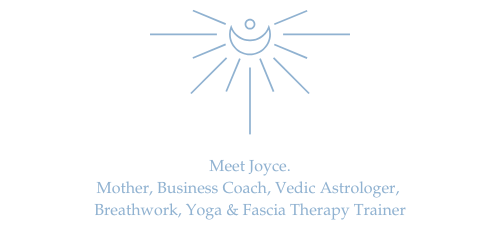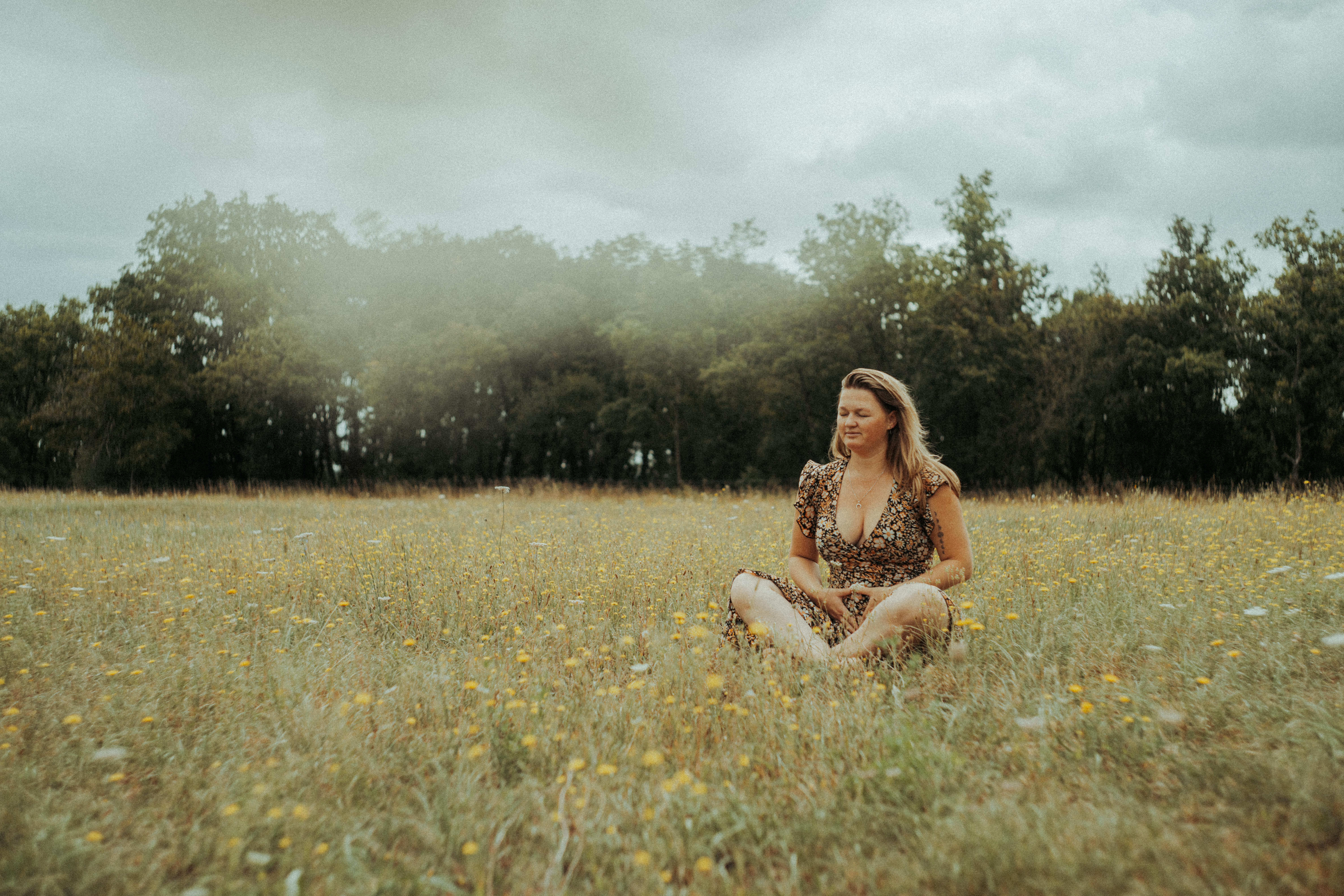Flexibility plays a crucial role in our overall well-being, allowing for better mobility, joint health, and a reduced risk of injuries. While many assume that dynamic, active forms of yoga are the most effective for improving flexibility, there is another, slower-paced style of yoga that is gaining popularity in this regard: Yin Yoga. In this blog, I will explain about Yin Yoga and whether it is a suitable practice for enhancing flexibility.
Understanding Yin Yoga
Yin Yoga is a passive style of yoga that involves holding postures for an extended period, typically anywhere between three and five minutes or even longer. It targets the deep connective tissues, such as ligaments, tendons, and fascia, rather than focusing on the muscles like more active yoga styles. By holding these poses for an extended period, Yin Yoga stimulates the tissues, allowing them to lengthen and release tension. It supports flexibility by releasing emotional and physical stagnations. It often happens people go into a yin class only think about stretching. But you must know that this also brings emotional releases.
The Role of Time in Yin Yoga
One of the distinguishing factors of Yin Yoga is the relatively long duration spent in each pose. By holding a posture for an extended period, the body’s natural response is to relax and surrender, allowing for a gradual release of tension. Over time, this can lead to increased flexibility, particularly in the targeted connective tissues. Additionally, the extended holds also provide an opportunity for a deeper mental and emotional release.
Supporting Flexibility Beyond Muscles
The practice of Yin Yoga goes beyond just stretching the muscles. It targets the connective tissues and joints, which are often neglected in more dynamic forms of yoga. By applying moderate stress in these areas, Yin Yoga helps to strengthen and lengthen these structures. This can lead to improved joint mobility, reduced stiffness, and an overall increase in flexibility.
Finding Your Edge in Yin Yoga
In Yin Yoga, it is important to find your edge – the point where you feel a gentle stretch or sensation in the deeper tissues, but not pain. This approach encourages mindful and compassionate exploration of your own limits, allowing for a safe and effective practice. As you become more comfortable with this edge, you can gradually deepen the pose, maintaining awareness of your body’s feedback. Use your breath to dive deeper in the pose. On each inhale you create space, on each exhale you dive a little deeper by letting go. No pushing. Just letting your breath doing their natural thing.
Complementing Active Yoga Practices
While Yin Yoga can be beneficial for flexibility, it is important to note that it should not replace other forms of yoga that work on muscle strength and dynamic movements. Yin Yoga can be seen as a complementary practice that provides balance to more active yoga styles. Combining both dynamic and passive practices can create a well-rounded and holistic approach to improving flexibility and overall well-being.
Conclusion
Yin Yoga offers a unique approach to enhancing flexibility by targeting the body’s deep connective tissues and joints. Through the prolonged holding of poses, Yin Yoga provides an opportunity for relaxation, release, and increased flexibility. However, it is important to remember that consistency and patience are key when seeking to improve flexibility through Yin Yoga. So, if you’re looking to expand your yoga practice and improve flexibility beyond just muscles, consider giving Yin Yoga a try for a deeper and more balanced approach to your overall well-being.
Where to follow my classes
During my retreats in the South of France, I love to guide you in yin yoga practices. The 5 elements and fascia therapy. Find the retreat dates on the top of this page in the menu. You can also follow my practices on my online learning platform, workshops and e-books.




